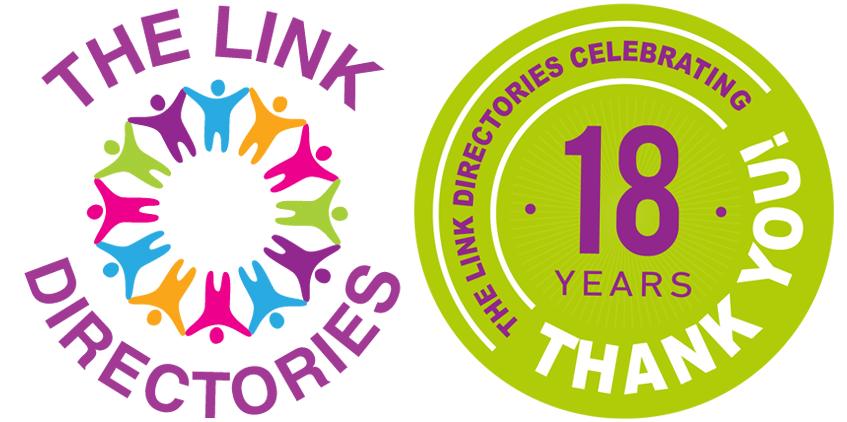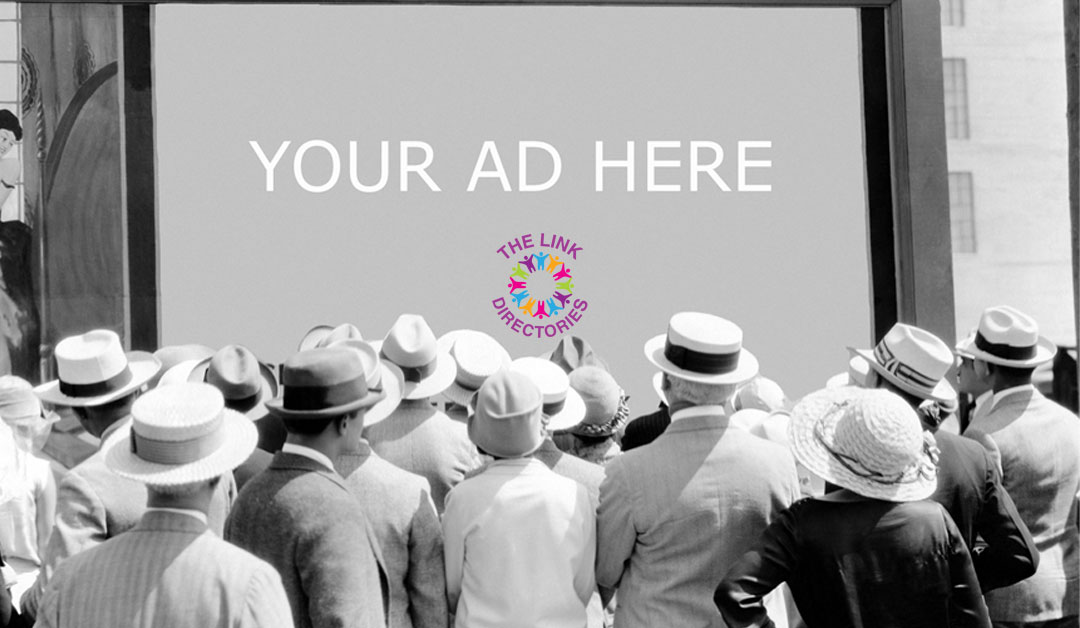The History of Advertising: A Journey Through Time
In the bustling world of commerce, advertising has long been the lifeblood that connects businesses with consumers. From the ancient cries of market vendors to the sophisticated digital campaigns of today, the art and science of advertising have undergone a remarkable evolution. As we delve into the history of advertising, it’s fascinating to see how this dynamic field has transformed, and yet, how certain timeless principles remain relevant. This journey through time not only celebrates the rich tapestry of advertising’s past but also underscores the unique value of local printed advertising, such as The Link Directories, in today’s digital age.
The Dawn of Advertising
The earliest forms of advertising can be traced back to ancient civilizations. The Egyptians used papyrus to create sales messages and wall posters, while in ancient Greece and Rome, vendors shouted goods in the marketplace, and political campaign messages were written on walls. This rudimentary form of advertising was direct and purely informational, aimed at immediate sales.
The Printed Word
The invention of the printing press by Johannes Gutenberg in the 15th century was a pivotal moment for advertising. It made the mass production of flyers, brochures, and later newspapers possible, drastically lowering the cost of disseminating information. By the 17th century, as newspapers became more widespread, they began to include advertisements, marking the birth of the advertising industry as we know it. This era laid the groundwork for the importance of reach and frequency in advertising strategies.
The Golden Age of Print
The 18th and 19th centuries witnessed the golden age of print advertising. Magazines and newspapers became the premier platforms for advertisers, offering a variety of spaces for creative ads. This period saw the rise of advertising agencies, professionals dedicated to crafting compelling messages and designing eye-catching visuals. Advertising became more than just information; it was an art form that played on emotions, desires, and aspirations.
The Rise of Electronic Media
The 20th century introduced electronic media into the advertising mix, with radio and television offering new ways to reach and engage audiences. Advertising campaigns became more sophisticated, utilizing storytelling and catchy jingles to create memorable brand experiences. This era emphasized the importance of creativity and emotional connection in advertising, principles that are still relevant today.
The Digital Revolution
The advent of the internet and social media has transformed advertising in the 21st century. Digital platforms offer unprecedented targeting capabilities, allowing advertisers to reach specific audiences with personalized messages. The rise of content marketing and influencer partnerships reflects the ongoing evolution of advertising strategies to engage the digitally savvy consumer.
The Enduring Value of Local Printed Advertising
In the digital age, one might wonder about the relevance of local printed advertising. Yet, publications like The Link Directories continue to thrive, providing a tangible connection to the community that digital cannot replicate. Local printed advertising offers several unique advantages:
- Trust and Credibility: Local publications are often seen as more trustworthy and reliable sources of information, fostering a stronger sense of community among readers.
- Targeted Reach: They provide businesses with the opportunity to reach a specific, local audience, ensuring that their advertising efforts are highly targeted and relevant.
- Engagement: Printed materials often enjoy longer engagement times compared to digital ads, which can be quickly scrolled past or blocked.
Conclusion
The history of advertising is a testament to human ingenuity and the ever-changing landscape of communication technologies. While the mediums and methods have evolved, the core principles of engaging, informing, and persuading consumers remain unchanged. Local printed advertising, like The Link Directories, plays a crucial role in this ecosystem, offering a unique blend of tradition and efficacy. As we look to the future, the advertising world will undoubtedly continue to evolve, but the fundamental goal will always be to create meaningful connections between businesses and consumers.

